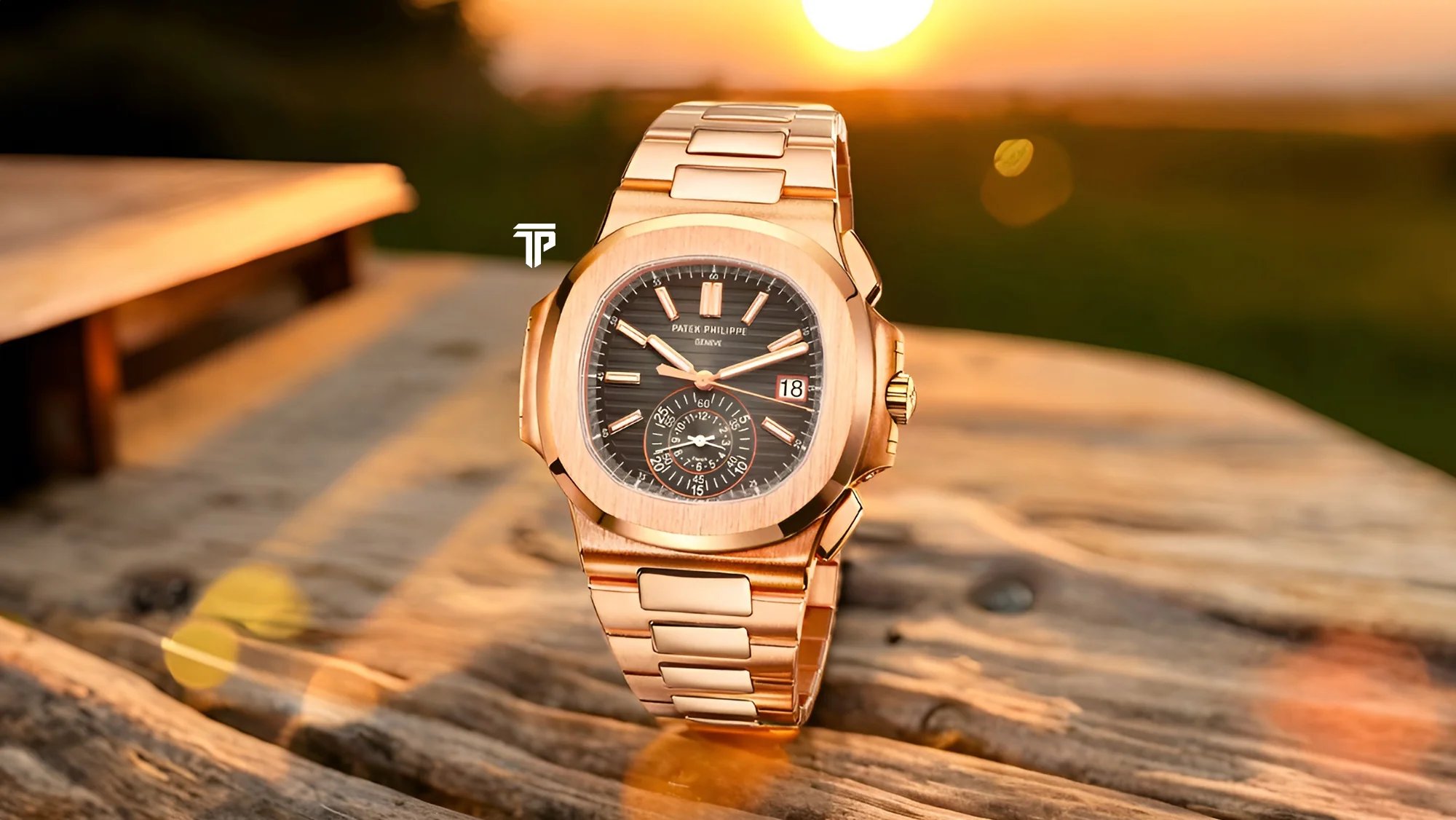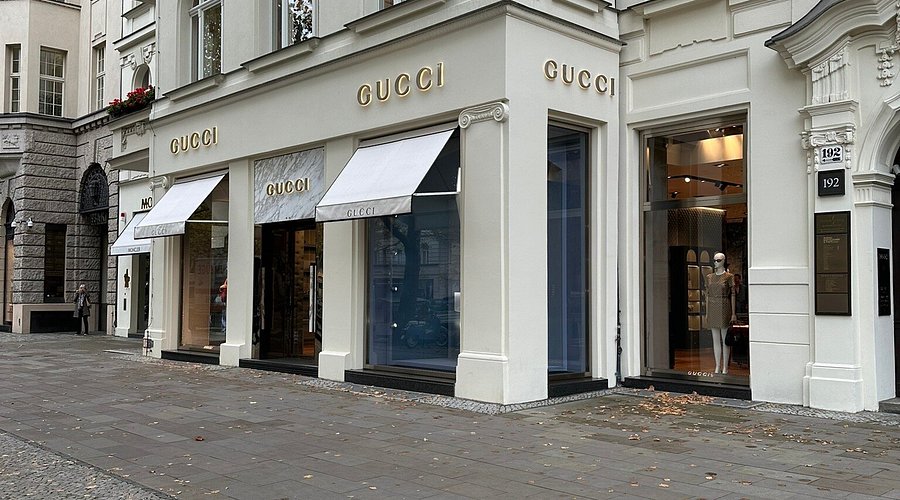Art Funds Outpace Tech Stocks as Wealthy Collectors Reshape Investment Trends
By
Sophie Moore
Last updated:
September 15, 2025
First Published:
September 15, 2025

Photo: Singapore Art Week
The world of investment is constantly evolving, yet one surprising development has been the rise of art funds as a serious alternative to traditional assets. While technology stocks have long been considered a symbol of modern growth, wealthy collectors are now looking toward the art market as a place where culture and capital merge. This shift signals a deeper change in how the ultra wealthy manage both their finances and their passions.
The merging of passion and profit
Unlike other asset classes, art carries both emotional and financial weight. For many investors, owning a piece of art is not just about returns, but also about engaging with history, aesthetics, and cultural legacy. Art funds give wealthy individuals the chance to invest in collections without the need to personally buy and manage each artwork. This allows them to participate in a world that combines financial strategy with personal fulfillment.
Stability in uncertain times
One of the main attractions of art funds is their resilience. While markets may swing due to political and economic instability, certain art pieces often maintain or even grow in value. Wealthy investors recognize that art offers a hedge against inflation and volatility, providing stability during periods when more traditional stocks may be under pressure.
A mark of cultural sophistication
Choosing to invest in art is not only about money. It also reflects a lifestyle choice that values creativity and legacy. For entrepreneurs and wealthy families, aligning with the art world enhances their cultural image. Supporting galleries, sponsoring exhibitions, or simply being part of the art investment network communicates refinement and influence beyond financial wealth.
Technology versus artistry
For decades, technology stocks were seen as the ultimate growth opportunity. Yet as competition increases and innovation becomes more crowded, the predictability of returns has become less certain. In contrast, blue chip art pieces from established artists often appreciate steadily. This comparison highlights why many investors are beginning to balance portfolios with art alongside their tech holdings.
A global stage for investment
Art funds are not limited by geography. Collectors from Europe, Asia, the Middle East, and the Americas all participate in global auctions and exhibitions. This international presence adds diversity and liquidity to the market. For wealthy investors, this global nature ensures that art remains a universal language of value and prestige.
Democratization for the elite
Interestingly, while art funds are exclusive, they also represent a more accessible path into the art world for those who may not have the expertise to collect independently. By pooling resources with others, wealthy individuals can gain exposure to rare works that might otherwise remain beyond reach. This collaborative approach is reshaping how the elite engage with cultural assets.
The narrative of legacy
For many wealthy families, investing in art is about more than immediate profit. It becomes part of a narrative that can be passed through generations. Art collections, whether managed privately or through funds, often grow into family legacies that define heritage and values. In this sense, art becomes a bridge between wealth management and personal history.
Challenges and opportunities
Of course, art investing is not without its risks. Market tastes can shift, authenticity and provenance require careful verification, and liquidity is not as straightforward as stocks. Yet for those who understand these complexities, the rewards are not only financial but also symbolic. It is this blend of challenge and prestige that attracts ambitious investors.
The future of wealth through art
Looking ahead, it is clear that art will continue to gain ground as a respected investment class. The wealthy are no longer content with conventional portfolios alone. By embracing art funds, they are redefining what it means to grow wealth in a way that is both profitable and culturally significant. The result is a future where money and creativity are inseparably linked.
Subscribe to unlock premium content
Sed at tellus, pharetra lacus, aenean risus non nisl ultricies commodo diam aliquet arcu enim eu leo porttitor habitasse adipiscing porttitor varius ultricies facilisis viverra lacus neque.
A comprehensive guide on Agile development

10 Productivity tools that are worth checking out

Top 7 Must have management tools for productivity

A comprehensive guide on Agile development

10 Productivity tools that are worth checking out

A comprehensive guide on Agile development








.png)
